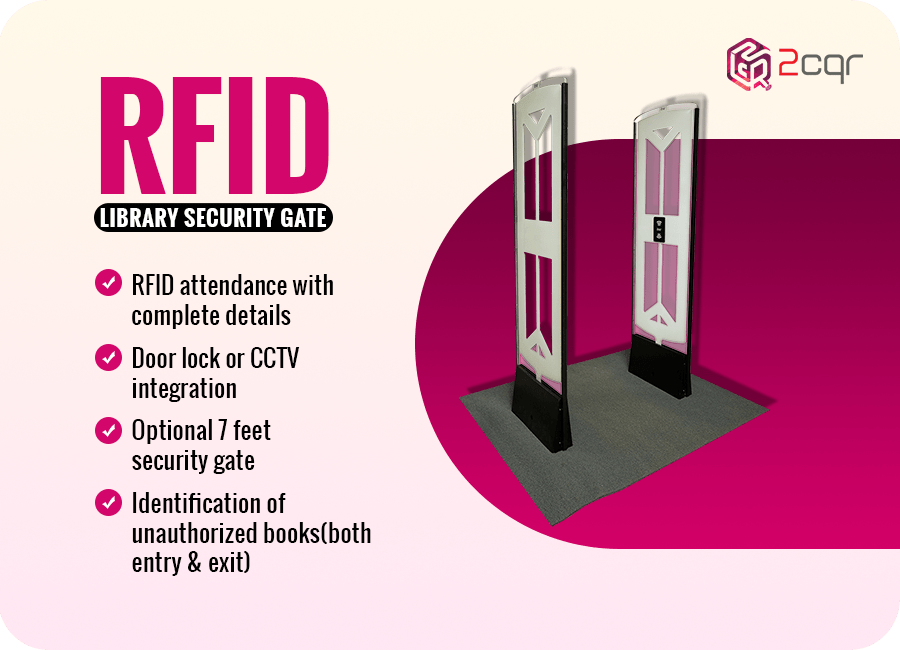
In the realm of modern library management, the adoption of Radio Frequency Identification (RFID) solutions has become a game-changer, revolutionizing the way libraries operate.
However, despite the numerous advantages RFID brings to the table, many libraries remain hesitant due to a lack of awareness about the security and convenience it offers to both library staff and users.
In this article, we’ll delve into the convenience that RFID access control systems provide and explore how they are transforming the library landscape.
Enhanced Accessibility
One of the standout advantages of RFID-based access control systems in libraries is the level of accessibility they offer. By aligning with patrons’ behavior patterns, libraries can provide 24/7 access to their spaces and resources, extending beyond traditional working hours.
What’s more, this can be accomplished without the need for staff to be physically present to monitor and assist users. With RFID access control systems in place, libraries can significantly improve the user experience and subscription rates by meeting the demands of users seamlessly, without imposing additional burdens on staff.
Eliminating the Need for Physical Keys
Bid farewell to the hassle of carrying physical keys when entering library premises. RFID access control gates, integral to library management systems, predominantly operate using biometrics.
This means that patrons can enter the library empty-handed, without the need for access cards or keys. Not only does these ease patrons’ minds, but it also increase their interest in visiting the library more frequently.
The convenience of a keyless entry system enhances the overall user experience, making library visits more appealing and hassle-free.
Effortless Monitoring
RFID systems seamlessly integrate with other security measures such as video recording, closed-circuit television (CCTV), and alarm systems. This integration facilitates easy monitoring of entry and exit activities at gates throughout the library.
Libraries can now monitor these activities without the need for additional resources, as all gates can be connected to centralized systems.
In the event of unauthorised access, the system triggers an alarm, alerting staff to address the issue promptly.Furthermore, expired access permissions can be managed and renewed with minimal effort.
Tamper Detection
Some RFID tags come equipped with tamper-evident features that prove invaluable for library security. These features trigger an alarm if anyone attempts to remove, damage, or clone the tag affixed to library resources.
This immediate alert system enables library staff to respond promptly, identify the individuals responsible, and take necessary action to safeguard valuable library resources.
Data Analysis and Audit
RFID-based control systems record every access event, including entries, exits, and resource access. This wealth of data serves multiple purposes, from facilitating in-depth data analysis for informed decision-making about library collections, staff management, and inventory control to performing effective library audits.
Audits help track any suspicious activity and identify responsible personnel, ensuring swift action is taken and preventing similar incidents.
In conclusion, RFID systems are transforming library management by enhancing security, improving user experiences, and streamlining operations. Libraries that embrace these innovative solutions are poised to offer more accessible and secure environments while optimising their resources and collections. As the library landscape evolves, RFID technology continues to play a pivotal role in shaping its future


